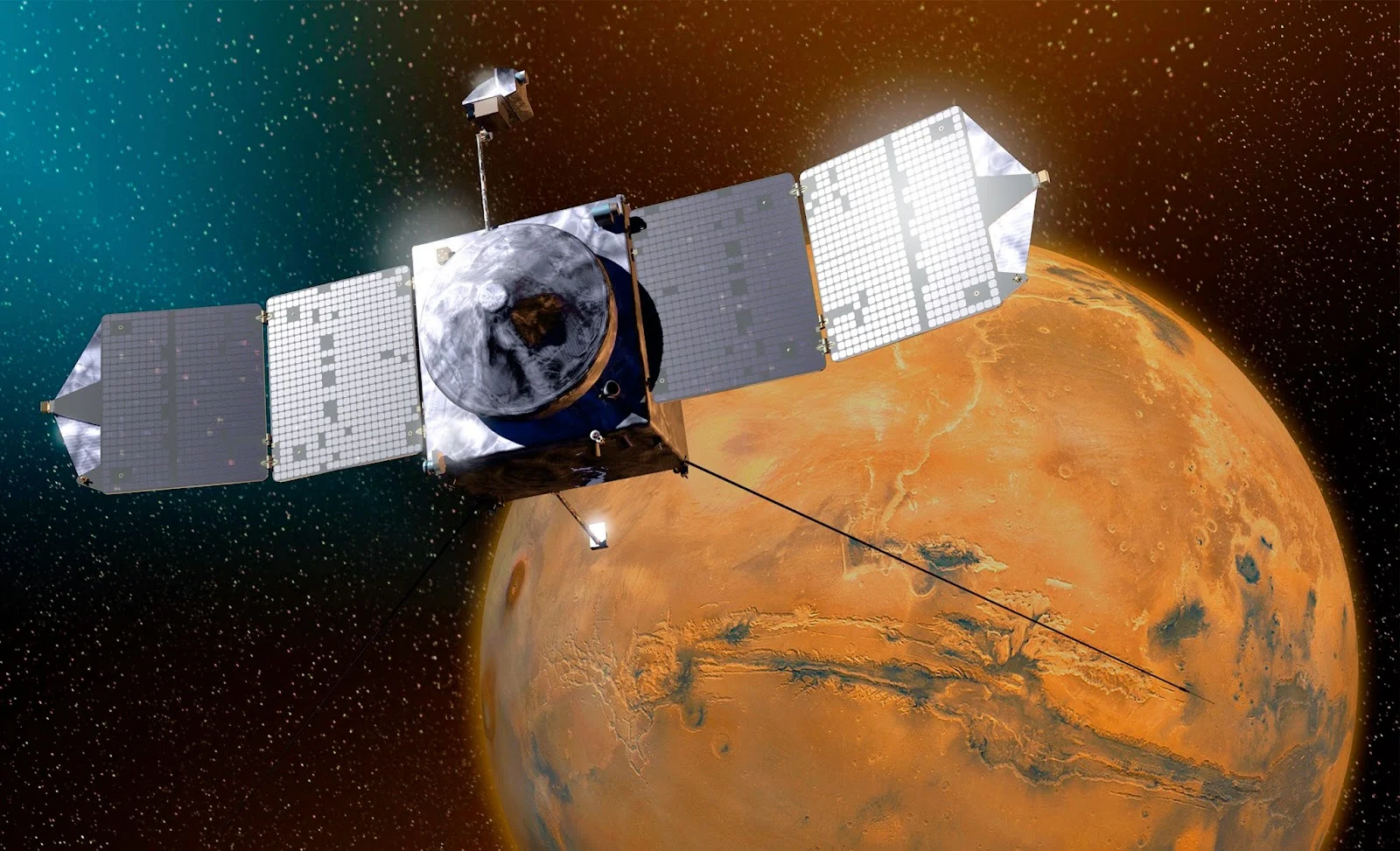The heaviest yellow dust in five years hit South Korea on Monday, driving the country's meteorological authorities to issue yellow dust warnings and advisories.
As of 10 a.m. local time, yellow dust warnings were in place in capital Seoul, Incheon, Gyeonggi Province and part of Gangwon Province, according to the Korea Meteorological Administration. Dust advisories were issued for most other parts of the country.
The yellow dust warnings are issued when a per-hour fine dust concentration of more than 800 micrograms per cubic meter is expected to last for more than two hours. More than 400 micrograms per cubic meter leads to dust advisories in place.
The concentration of atmospheric "particulate matter (PM)-10," which measures fine dust concentration, in Seoul surged to 1,044 micrograms per cubic meter as of 4 a.m., the highest since Dec. 25, 2009 when it recorded 963 micrograms per cubic meter. PM-10 refers to airborne particles less than 10 micrometers in diameter.
As of 1 p.m., the Seoul metropolitan government revised down the dust warning to dust advisory, but the sandy wind is expected to stay until Tuesday.
People are advised to stay indoors and to wear protective spectacles and masks when going outside.
Source: Xinhua - globaltimes.cn
23/2/15
As of 10 a.m. local time, yellow dust warnings were in place in capital Seoul, Incheon, Gyeonggi Province and part of Gangwon Province, according to the Korea Meteorological Administration. Dust advisories were issued for most other parts of the country.
The yellow dust warnings are issued when a per-hour fine dust concentration of more than 800 micrograms per cubic meter is expected to last for more than two hours. More than 400 micrograms per cubic meter leads to dust advisories in place.
The concentration of atmospheric "particulate matter (PM)-10," which measures fine dust concentration, in Seoul surged to 1,044 micrograms per cubic meter as of 4 a.m., the highest since Dec. 25, 2009 when it recorded 963 micrograms per cubic meter. PM-10 refers to airborne particles less than 10 micrometers in diameter.
As of 1 p.m., the Seoul metropolitan government revised down the dust warning to dust advisory, but the sandy wind is expected to stay until Tuesday.
People are advised to stay indoors and to wear protective spectacles and masks when going outside.
Source: Xinhua - globaltimes.cn
23/2/15









 GR
GR FR
FR DE
DE ES
ES IT
IT RU
RU EU
EU